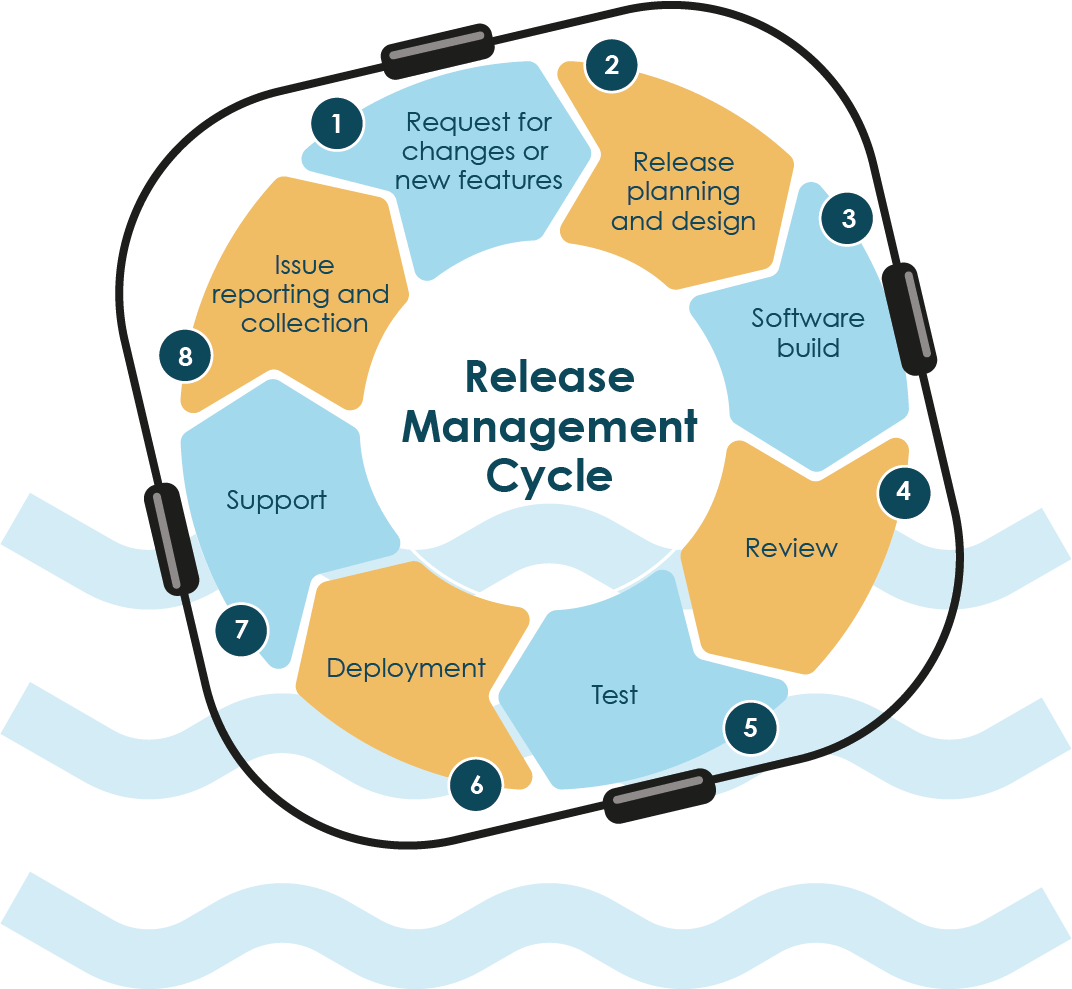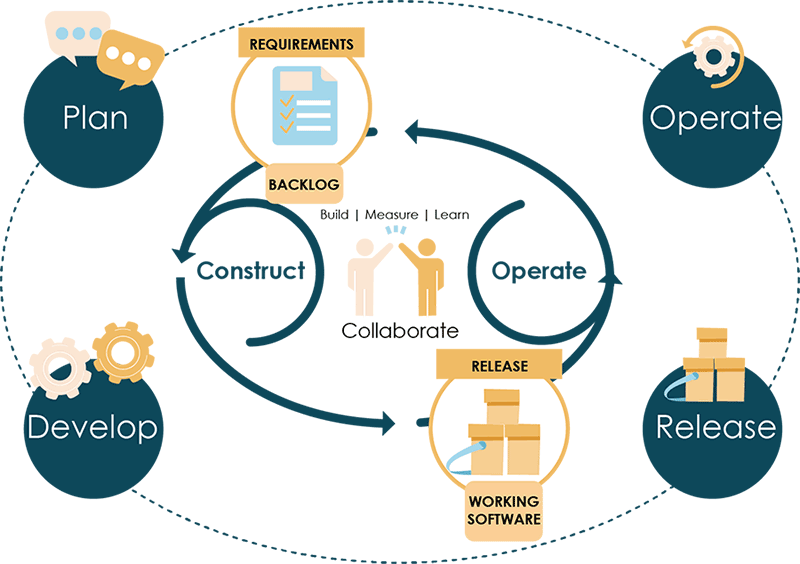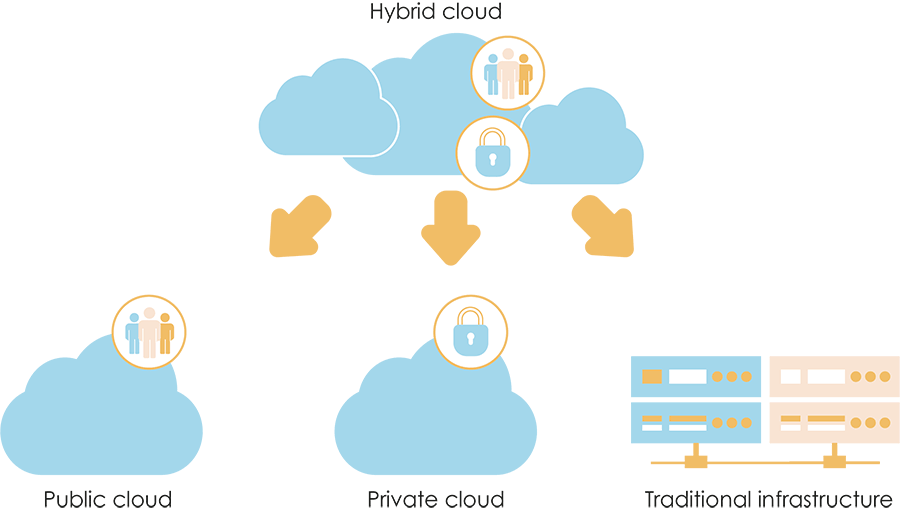What is Release
Management
– and why
is it important?

Release management oversees the stages involved in planning, scheduling, and managing software releases from development through testing to deployment across various environments. The role of Release Manager is of paramount importance in a DevOps organization, assuring the availability and reliability of applications and services in production.

Though Deployment (Release) is the final part of the software development life cycle (SDLC), release management is a process that starts from the very beginning – with planning. Through design, implementation, test and deploy, every step of release management is crucial and it has certain so-called rules that you should follow.
Application Deployment: the most critical phase in the SDLC
Application deployment is undeniably the most critical and high-risk phase in any application development cycle – directly impacting application availability and consequently the continuity of the business.
DevOps is the industry response to this challenge. DevOps smooths collaboration between teams, helping businesses respond rapidly to market changes and accelerating the delivery of high-quality software updates to users. It relies on continuous integration, test and delivery to reduce risk and obtain regular and rapid feedback.
But in practice, IT teams face considerable barriers to the “continuous” model and many struggle to deliver against objectives and deploy DevOps principles across the enterprise at scale.

Why has DevOps fallen short of its promise?
Several factors have slowed DevOps maturity in many organizations still today

“Bimodal” IT
Mission critical n-tier applications usually contain a mix of technologies – a legacy core on midrange systems or mainframe, together with Web and mobile apps, cloud-native development and microservices. Different technologies are developed at different speeds on different platforms, each team with their own toolchain and home-grown scripts. To avoid bottlenecks, Release Management tools must tie all this specific technology together – including the legacy.
An efficient Release Management solution should be platform agnostic, orchestrating a continuous value stream from business owner to end-user, with release visibility and control across all teams, technologies and tools.

Critical Data
Application availability depends not only on software, but also on a variety of database technologies – which can include high volume data, and also application parameters, or configuration data. Often deployment tools automate the software side, but fall back on a manual update of database upgrades in production. This is a high-risk “missing link” in the DevOps pipeline.
To avoid costly incidents in production – an enterprise-grade Release Management solution must be capable of deploying data ‘in sync’ with the applications that depend on them.

DevOps tool “sprawl”
The DevOps movement has led to a proliferation of CI/CD tools, many of which are mutually incompatible and “stitched together” in home-grown pipelines – resulting in the kind of tool and technology silos that DevOps was supposed to eliminate. The complexity involved in creating and maintaining these deployment pipelines is a drain on IT budgets and introduces a level of risk that is unacceptable in 24/7 environments.
In today’s hybrid world of on-premise, private and multi-cloud, Release Management tooling must shield production teams from scripting complexity, while delegating the tasks of instantiation and provisioning to external systems. The modern, agile enterprise requires a Release Management ‘platform’ that can leverage existing scripts, whatever the language, platform or cloud provider.
The new complexity of Hybrid Multicloud
Organizations looking to benefit from the new economies of cloud yet shackled with mission-critical legacy technologies are increasingly leaning towards a highly pragmatic approach that seeks to ‘benefit from both worlds’ and minimize risk: the hybrid multi-cloud.
To understand the implications, let us be first precise on some industry definitions.

Hybrid Cloud
A hybrid cloud is a computing environment that combines a private cloud and a public cloud by allowing applications and data to be shared between them.
Multicloud
Multicloud is a cloud approach made up of more than one cloud service, from more than one cloud vendor—public or private.
– Hybrid Multicloud = Hybrid Cloud + Multicloud
A hybrid multicloud combines a private cloud, a public cloud and more than one cloud service, from more than one cloud vendor.
A recent study from Forrester revealed that 94% of organizations are now embracing a multicloud strategy by using a mix of public and private clouds.

of organizations are embracing a multicloud strategy by using a mix of public and private clouds *

of North American and European infrastucture decision makers are planning to migrate existing apps to Cloud *

of organizations already use services from three or more clouds in enterprise solutions *
* IBM – Growing Up Hybrid: Accelerating digital transformation
However hybrid multi-cloud architectures introduce a level of complexity that strains home-grown DevOps toolchains and puts pressure on downstream deployment processes in particular.
Back to the future: from DevOps to Release Management?
To overcome the complexity of inter-dependent and multi-technology applications and keep applications highly available, production teams need a 360 degree view over their entire application estate.
Designed for enterprise environments, DROPS is an easy-to-use Release Management tool that simplifies the deployment of full-stack applications, spanning both legacy and cloud-native technologies, reducing cost and risk:
• Manage all application releases from one single console – on-premise, hybrid and multi-cloud.
• Deploy apps and database upgrades in sync.
• Manage cross-platform application dependencies, automatically.
• Secure application availability with automated rollback on error

Request your trial version/demo
Let’s talk about your project!




